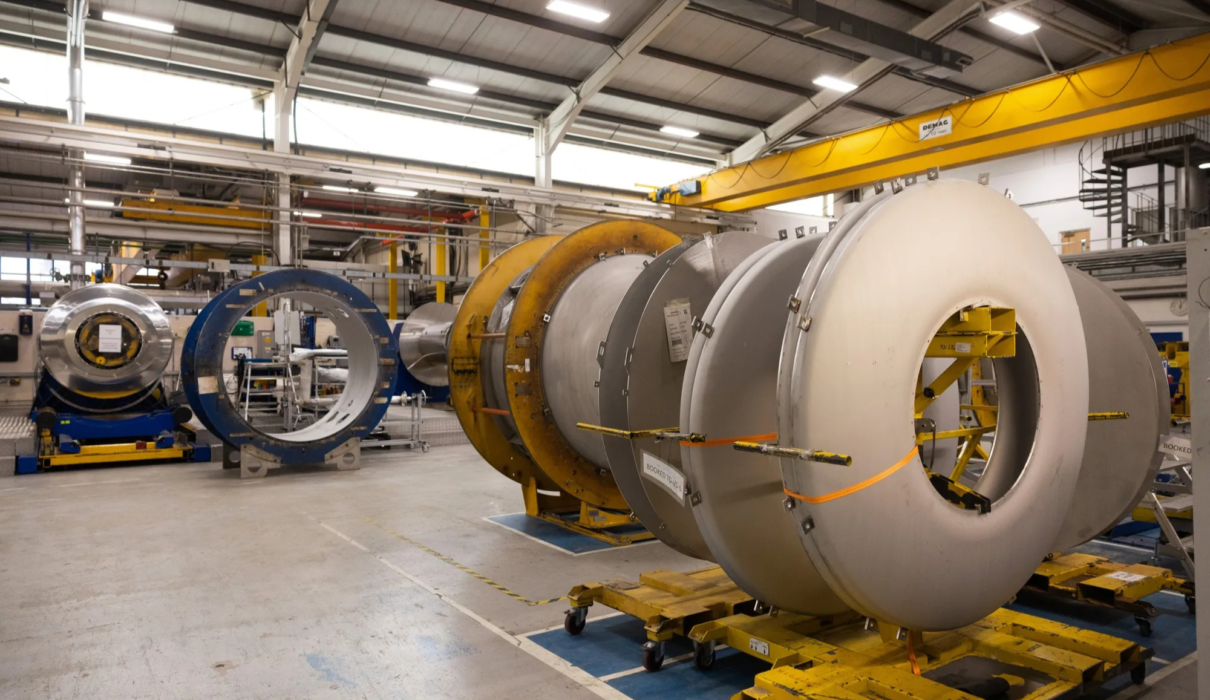In a bold pivot of trade strategy, the U.S. government has initiated a Section 232 investigation into robotics and medical device imports—a move that could unleash steep tariffs on critical health and industrial products.
The Department of Commerce has called on industry players to provide detailed data on imports, domestic capability, foreign subsidies, and supply chain vulnerabilities. The focus spans from PPE and hospital equipment to robotic systems and programmable machinery.
If tariffs are imposed, the list could include: gloves, syringes, infusion pumps, robotic arms, industrial welding tools, MRI/CT machines, ventilators, wheelchairs, and more.
Strategic Intent
- Promote “reshoring”: Encourage domestic manufacturing of strategic goods.
- Leverage for negotiation: Use tariff threat as a negotiating tool with global suppliers.
- National security framing: Position advanced medical tech and robotics as critical to defense readiness and healthcare independence.
Challenges to Watch
- Legality & pushback: Affected countries may seek retaliation or challenge tariffs in trade courts.
- Cost inflation: Higher import costs could increase healthcare and manufacturing expenses domestically.
- Industry adaptation: Firms may scramble to source or build higher-cost domestic supply lines.
Outlook
This action marks an escalation in U.S. trade tactics, targeting not just broad commodity goods but high-tech medical and robotic imports. Markets, manufacturers, and policy watchers will be keenly watching how aggressively the Commerce Department proceeds, and how trading partners respond.

